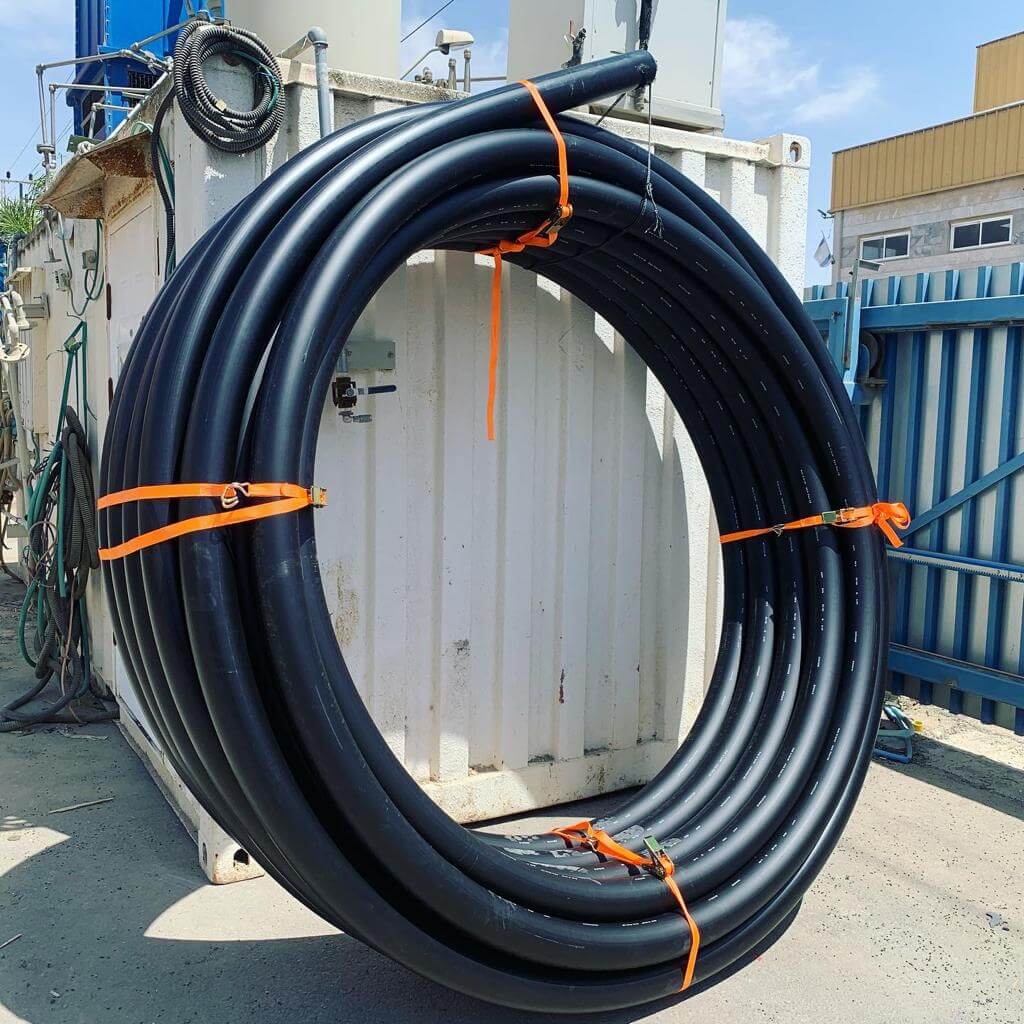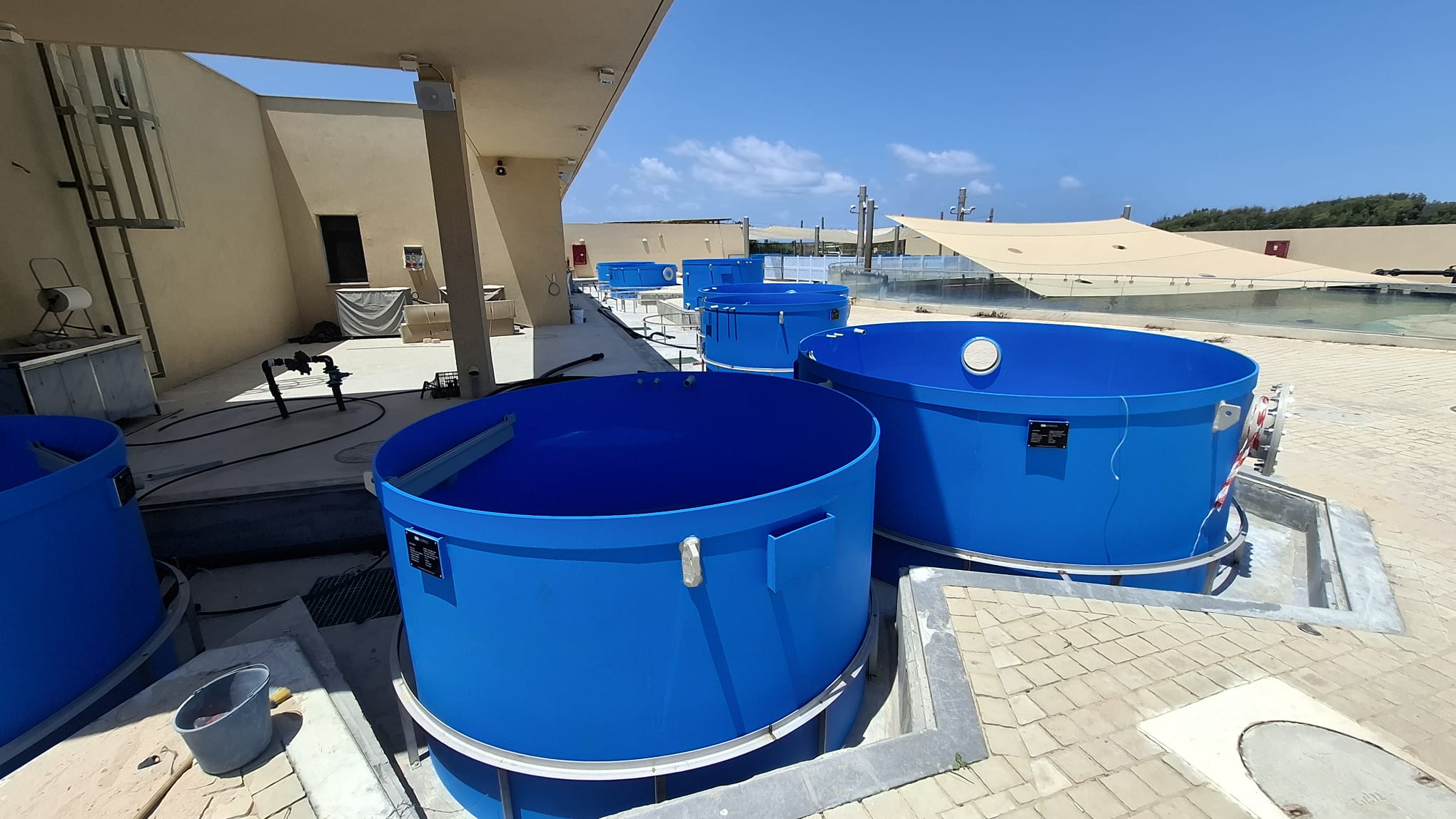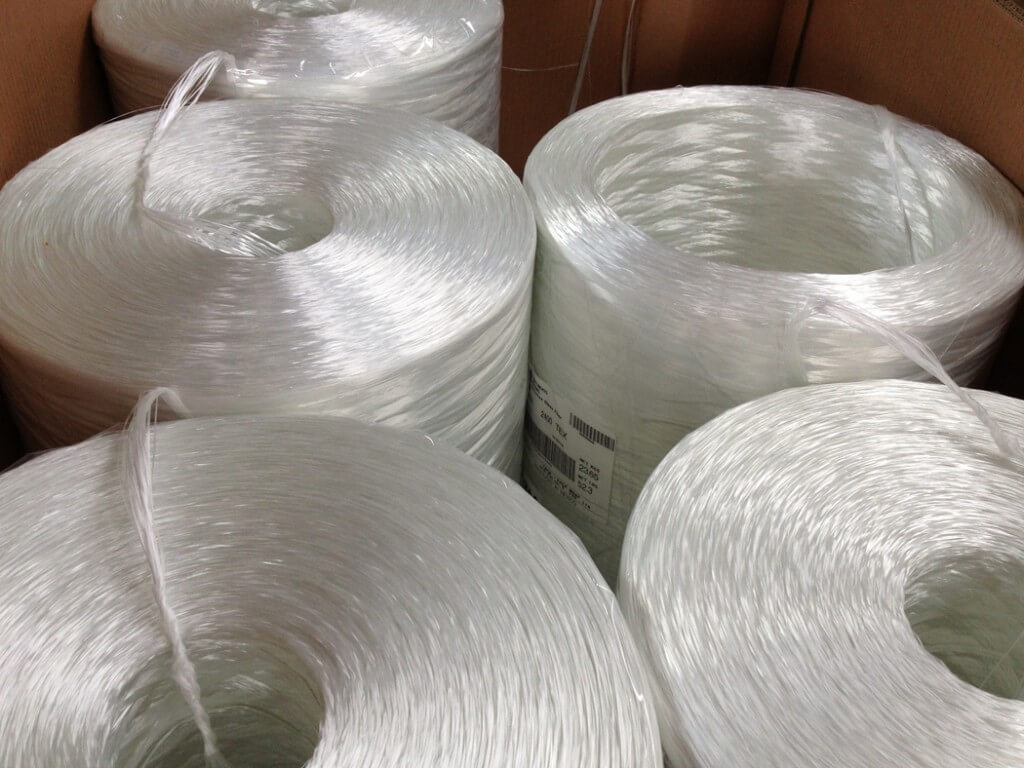Face welding has emerged as a go-to method for creating strong and durable connections. This widely adopted technique involves heating the ends of the pipes, applying pressure, and fusing them together. Today, we’ll explore the advantages of face welding and the essential precautions to ensure successful welds.
Ensuring Seamless Connections: Precautions for Face Welding
When it comes to face welding, proper preparation and attention to detail are key to achieving flawless connections. Here are some crucial precautions to bear in mind:
- Weather Shielding: The welding environment must be protected from unsuitable weather conditions, as external factors can impact the welding process and the overall quality of the connection.
- Temperature Awareness: The temperature of the parts to be welded should not be more than 5 degrees Celsius below ambient temperature. Maintaining an optimal temperature ensures smooth and efficient welding.
- Skilled Welder: A well-trained and experienced welder is essential for achieving reliable and secure welds. Proper training and adherence to recommended procedures play a vital role in the success of the welding process.
- Approved Welding Device: When welding at launch, it is crucial to use an approved welding device. This ensures safety and precision in the welding process.
- Uniform Pipe Thickness: The sides of the pipes to be welded must have equal thickness. Any difference in thickness should not exceed 10%. Ensuring uniformity guarantees the strength and integrity of the final connection.
Vital Devices and Equipment for Face Welding
Face welding relies on specific devices and equipment to achieve seamless connections. These include:
- Scraping Unit: This essential component ensures that the pipe ends have flat and smooth surfaces. It removes dirt and oxide layers that could interfere with the welding process.
- Clamps: Keeping the pipes stable during welding is critical for precise alignment and fusion. Clamps facilitate different adjustments required for each weld.
- Heating Unit: Consisting of resistors, the heating unit heats the pipe ends, preparing them for fusion and creating a strong bond.
- Hydraulic Unit: Responsible for providing the required pressure for scraping, heating, and joining processes, the hydraulic unit also moves the clamps horizontally for seamless welding.
Advantages of Face Welding: Beyond the Seamless Connection
The face welding method offers a host of advantages that make it a top choice for creating resilient piping solutions:
- No Need for Special Inserts: Unlike other connection methods, face welding does not require special inserts, simplifying the welding process and ensuring efficient connections.
- Versatility in Production: Face welding enables the easy production of additional parts like elbows, T-joints, and intersections, enhancing the flexibility of piping systems.
- Cost-Effective Solutions: The availability and affordability of face welding devices contribute to overall cost-effectiveness when compared to other connection methods.
- Safe and Reliable: With the right training and equipment, face welding becomes a safe and reliable method for joining pipes, ensuring a secure and leak-free system.
- Equivalent Strength: The resulting weld area’s strength is equal to that of the main pipe, ensuring a robust connection capable of withstanding demanding applications.
External Factors and Pipe Durability for Drinking Water Applications
While face welding offers outstanding advantages, it’s crucial to consider external factors that can impact pipe durability, especially when used for drinking water applications. Elements like working conditions, temperature, pressure, liquid properties, soil structure, and installation conditions play a significant role in a pipe’s lifespan. Proper assessment of these factors ensures that PE100 pipes can reliably deliver a minimum lifespan of 50 years at 20°C flow temperature.
Embrace Face Welding for Piping Excellence
Face welding is an exceptional method for creating seamless and resilient connections in polyethylene pipes. By adhering to precautions and leveraging reliable equipment, industries can unlock the full potential of face welding for their piping solutions. With its cost-effectiveness, safety, and versatility, face welding stands as a testament to innovation in the world of piping technology. Explore the possibilities of face welding and create piping systems that stand the test of time and deliver unparalleled performance.




